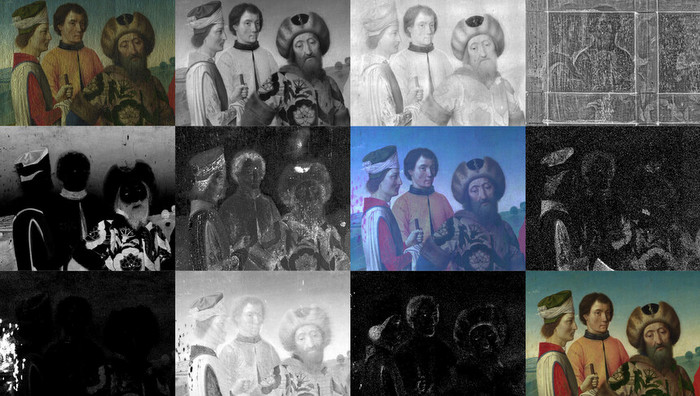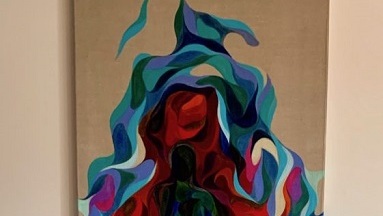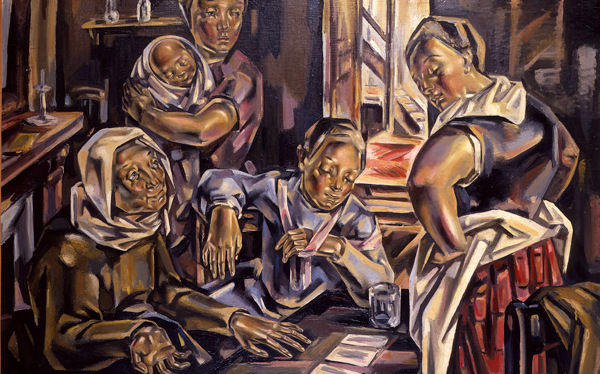We are pleased to announce that Soraya Abu Naba’a is presenting a project under the name of “Vertical encounters,” within the collateral collective exhibition of the Venice Biennale 2019, “Personal Structures Identities” at Palazzo Mora, Venice. Exhibiting six works of art, which are a crossroads of painting, installation, and drawing. The exhibition will be on view from May 9th through November 24th, 2019.
“Vertical encounters,” is the visual and tangible manifestation of a short book written by the artist, “The knots in my past: A memoir on belonging” using the heteronym María Nader, her maternal grandmother. In this memoir, she recounts her grandmother’s life as being her, giving her the possibility to express herself as an artist, by merging her own experiences with hers, to create narratives dealing with trauma, loss, identity, motherhood, and gender. This writing reveals her views as an older and mature artist, analyzing herself and the moments that influenced her art practice. The memoir describes vividly, scenes from her strict Catholic childhood upbringing, to teenage years and married life, taking place first in Haiti in the 1940s, then in the Dominican Republic from 1955 until the late 1960s. The foundation of all the work derives from the painful family episodes she faced as a woman and an Arab immigrant in a landscape of political, social and economic instability.
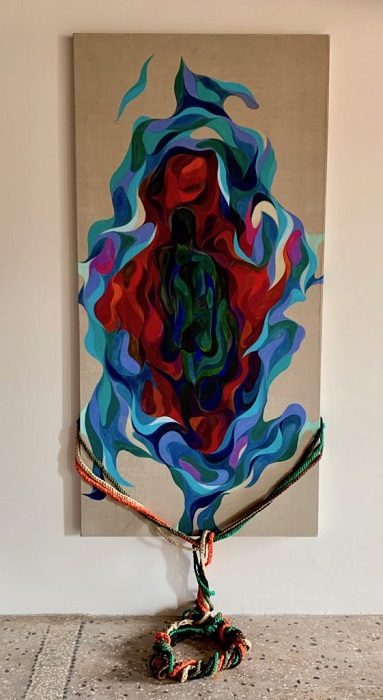
This body of work has been precisely planned for the exhibition “Personal Structures” using the physical gallery space as part of the piece. She used these works as a whole to be an exploratory and introspective instrument, intertwining drawing, painting, and installation to develop a platform where the viewer is invited to relive history through a family’s experience. Additionally, beyond the aesthetics of the pictorial and sculptural, lies her interest in converging her life experiences with those of her grandmother’s, formulating interpretations that transcend a continuous linear representation of time instead of a malleable version of it through materiality.
She pushes the boundaries of the historical notions of painting and its structure, forming a vivid and a corporeal language that can go beyond the traditional medium. The work produced inhabits the canvas and the stretcher bars from within and above, generating a visual sensation of organic growth through color and bodily forms. She employed in the composition of the work some of the materials her grandmother handled when working with her husband in their small shop including fabrics, the technique of stitching and stuffing mattresses to braiding hammocks. These objects and crafts became inherent in almost every piece, which transformed each work into a complex reading of a family tree and family relationships. She used her grandmother’s storytelling to depict her psychological painterly portrait and old photographs from family members she had never encountered as the characters of these paintings. Moreover, through “Vertical encounters” she reveals her desire to further the research of the condensation of times through the act of remembering, concretizing the abstract notion of her family’s collective memories with her wariness of the future. Furthermore, questioning the impressions of contemporary living, hybrid identity and family’s heritage.
Related Publications
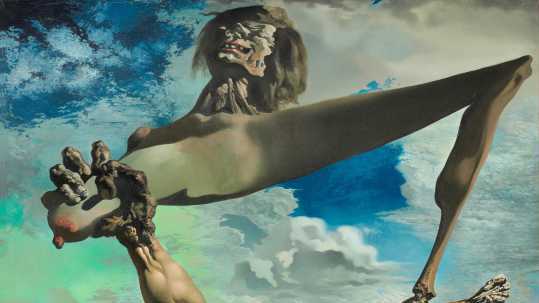
IMAGINE! 100 Years of International Surrealism
April 19, 2024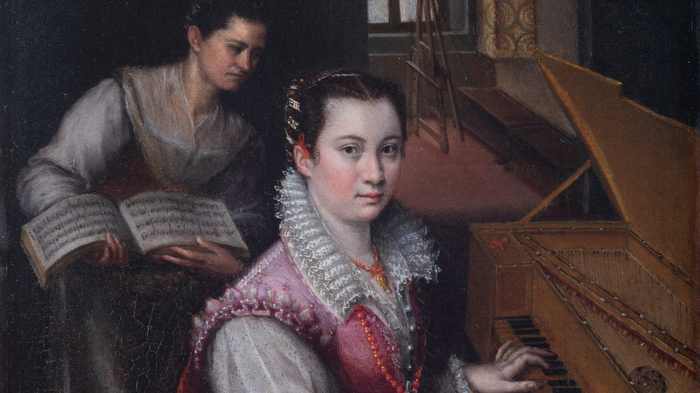
Kunstmuseum Basel. Ingenious Women
April 18, 2024